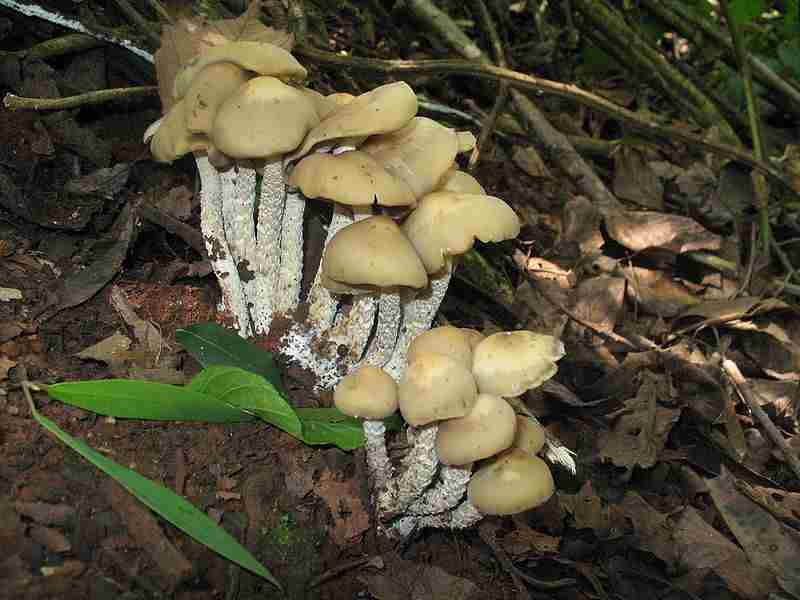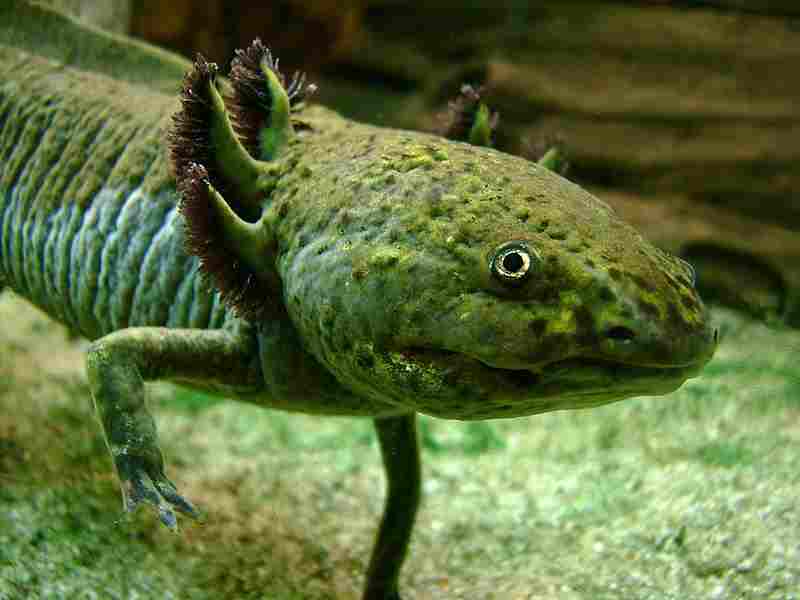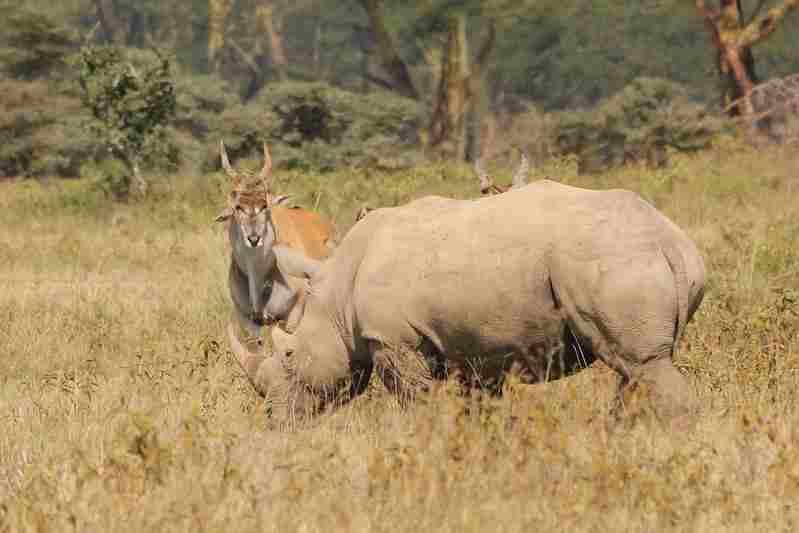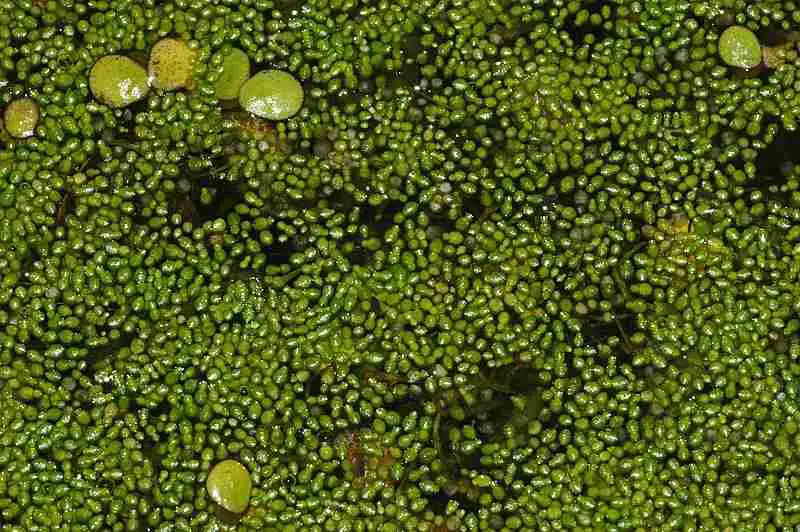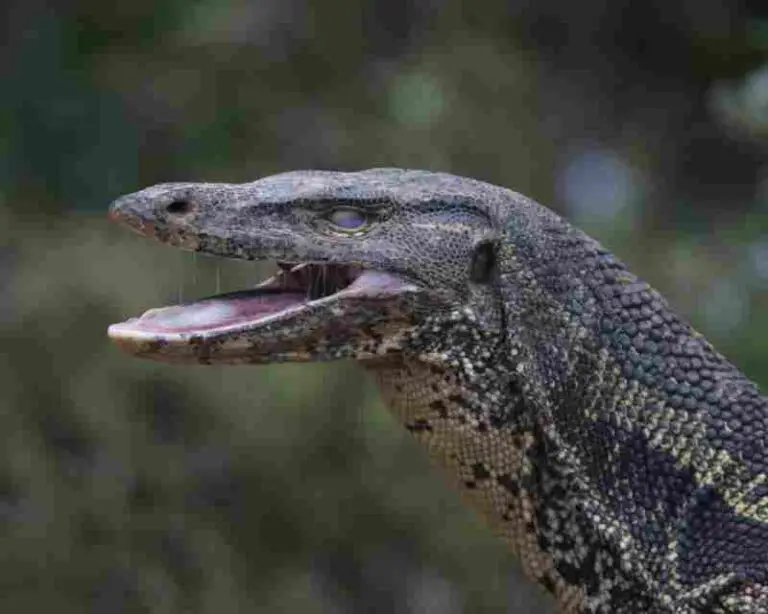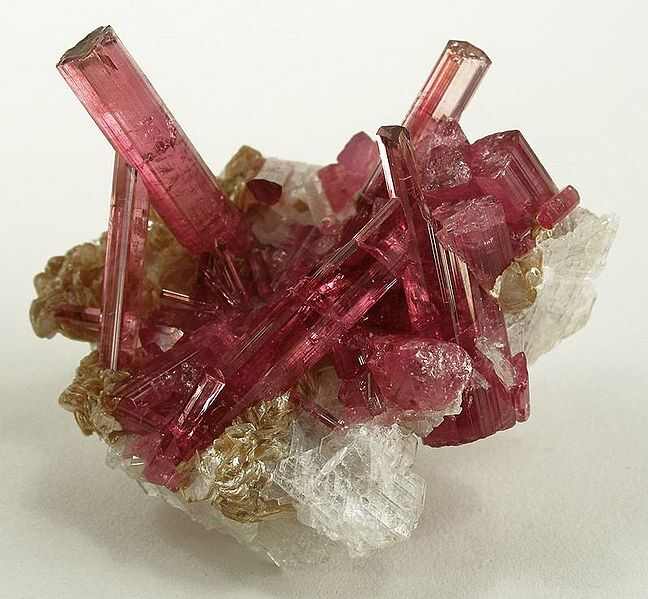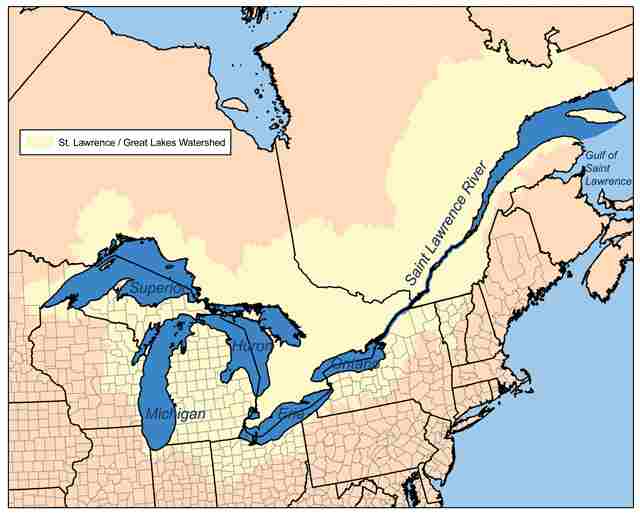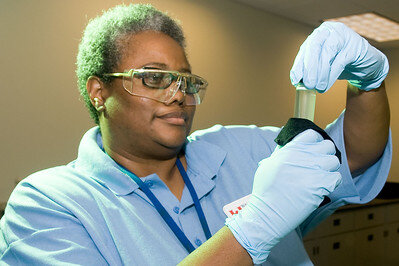Is Phytoplankton a Producer? Phytoplankton Food Chain Position/Role
Phytoplankton are indeed producers in aquatic ecosystems, specifically in oceans. They are microscopic organisms capable of photosynthesis, converting sunlight into chemical energy. This process forms the foundation of marine food webs.
Phytoplankton play a vital role in primary production, synthesizing organic compounds from inorganic molecules like carbon dioxide and water. Through photosynthesis, they produce oxygen, which is essential for the survival of marine life and contributes significantly to the Earth’s oxygen cycle.
Their ability to produce organic matter makes them crucial for sustaining marine ecosystems and supporting higher trophic levels. Thus, phytoplankton are unequivocally classified as producers due to their capacity to generate energy from sunlight and inorganic nutrients.
Reasons Why Phytoplankton are Producers
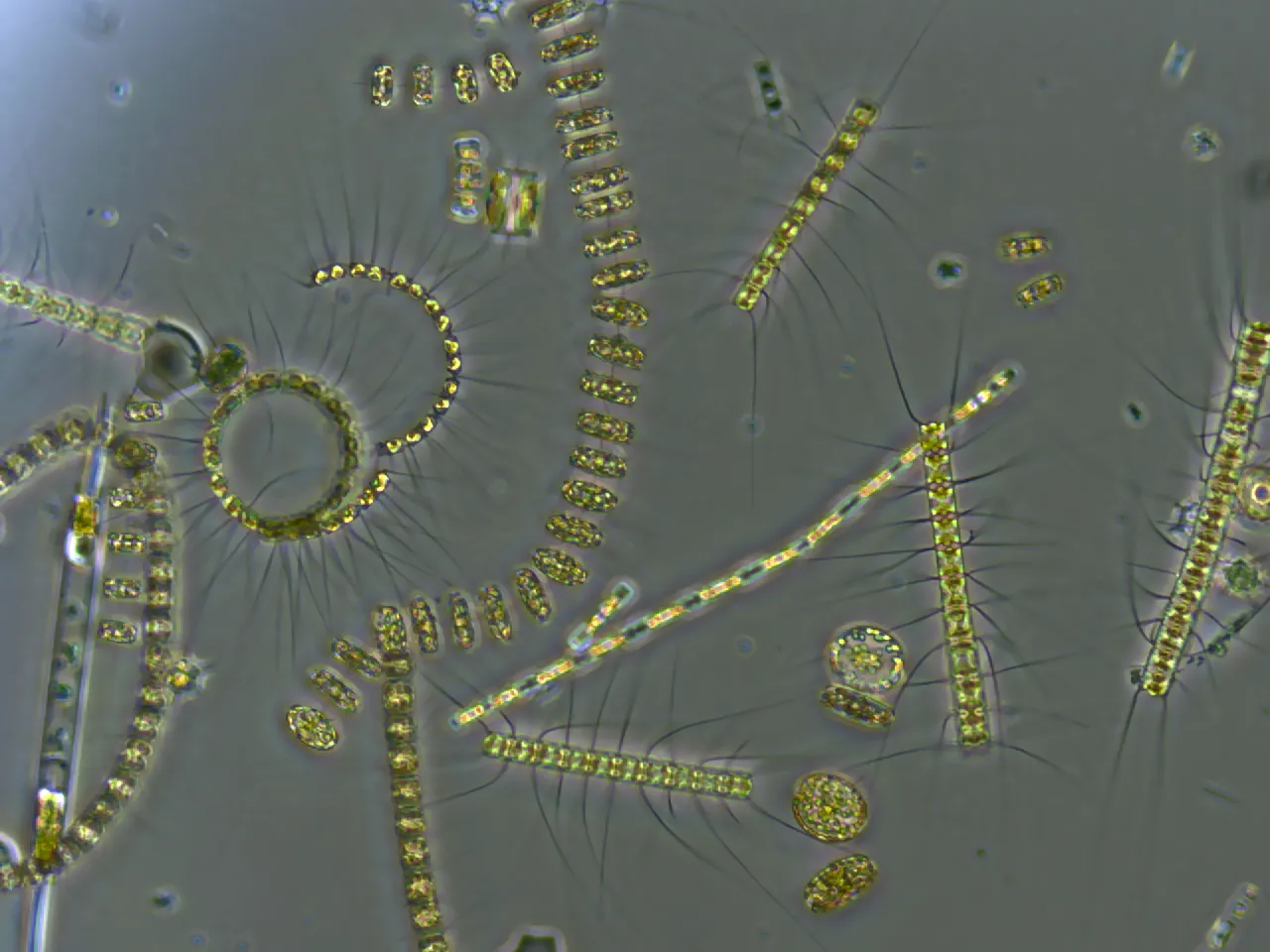
-
Photosynthesis Capability: Phytoplankton possess chlorophyll and other pigments that enable them to harness sunlight for photosynthesis. This process converts light energy into chemical energy, producing organic compounds like carbohydrates.
-
Autotrophic Nutrition: Phytoplankton are autotrophic organisms, meaning they can manufacture their own food using simple inorganic substances such as carbon dioxide and nutrients dissolved in water.
-
Primary Production: Phytoplankton contribute significantly to primary production in marine ecosystems by converting inorganic substances into organic matter. This production forms the basis of the marine food chain, supporting the growth and survival of diverse marine organisms.
-
Oxygen Production: As a byproduct of photosynthesis, phytoplankton release oxygen into the water, thereby oxygenating aquatic environments. This oxygen is essential for the respiration of marine organisms and contributes to the overall oxygen content of the Earth’s atmosphere.
-
Role in Carbon Cycle: Phytoplankton play a crucial role in the global carbon cycle by sequestering carbon dioxide from the atmosphere and incorporating it into organic compounds. This helps regulate atmospheric carbon dioxide levels and mitigates the impacts of climate change.
In general, the ability of phytoplankton to produce organic matter through photosynthesis establishes them as primary producers in aquatic ecosystems, essential for the functioning and stability of marine food webs.
Are Phytoplankton Consumers?
Phytoplankton are not consumers; instead, they are primary producers in aquatic ecosystems. Unlike consumers, which obtain energy by consuming other organisms, phytoplankton generate energy through photosynthesis, converting sunlight into chemical energy. This autotrophic mode of nutrition distinguishes them from consumers in the food chain.
Phytoplankton primarily serve as the base of the marine food web, providing energy and organic matter for higher trophic levels. Their role in primary production supports the growth and sustenance of a wide range of marine organisms, including consumers such as zooplankton, fish, and marine mammals.
While consumers derive their energy by consuming organic matter produced by other organisms, phytoplankton initiate the flow of energy in ecosystems by synthesizing organic compounds from inorganic substances. Therefore, phytoplankton are unequivocally classified as producers rather than consumers in aquatic ecosystems.
Reasons Why Phytoplankton are Not Consumers
-
Autotrophic Nutrition: Phytoplankton obtain energy through photosynthesis, a process by which they convert sunlight into chemical energy. Unlike consumers, which rely on consuming other organisms for energy, phytoplankton are capable of producing their own food from inorganic substances such as carbon dioxide and nutrients dissolved in water.
-
Primary Producers: Phytoplankton play a foundational role in marine ecosystems as primary producers. They form the base of the marine food chain by synthesizing organic matter, which provides energy and sustenance for higher trophic levels. This distinguishes them from consumers, which occupy higher trophic levels and obtain energy by consuming organic matter produced by other organisms.
-
Energy Flow: Phytoplankton initiate the flow of energy in aquatic ecosystems by converting light energy into chemical energy through photosynthesis. This energy is transferred to consumers through consumption of phytoplankton or organisms that have consumed phytoplankton. Therefore, phytoplankton are not consumers but rather primary producers that support the entire food web.
-
Trophic Level: Consumers typically occupy higher trophic levels in food webs, feeding on organisms from lower trophic levels. Phytoplankton, on the other hand, occupy the lowest trophic level as primary producers. They serve as the primary source of energy for the entire ecosystem, making them essential components of aquatic food chains.
Therefore, phytoplankton exhibit autotrophic nutrition, function as primary producers, initiate energy flow in aquatic ecosystems, and occupy the lowest trophic level, distinguishing them from consumers in marine food webs.
Is Phytoplankton A Producer Or Consumer?
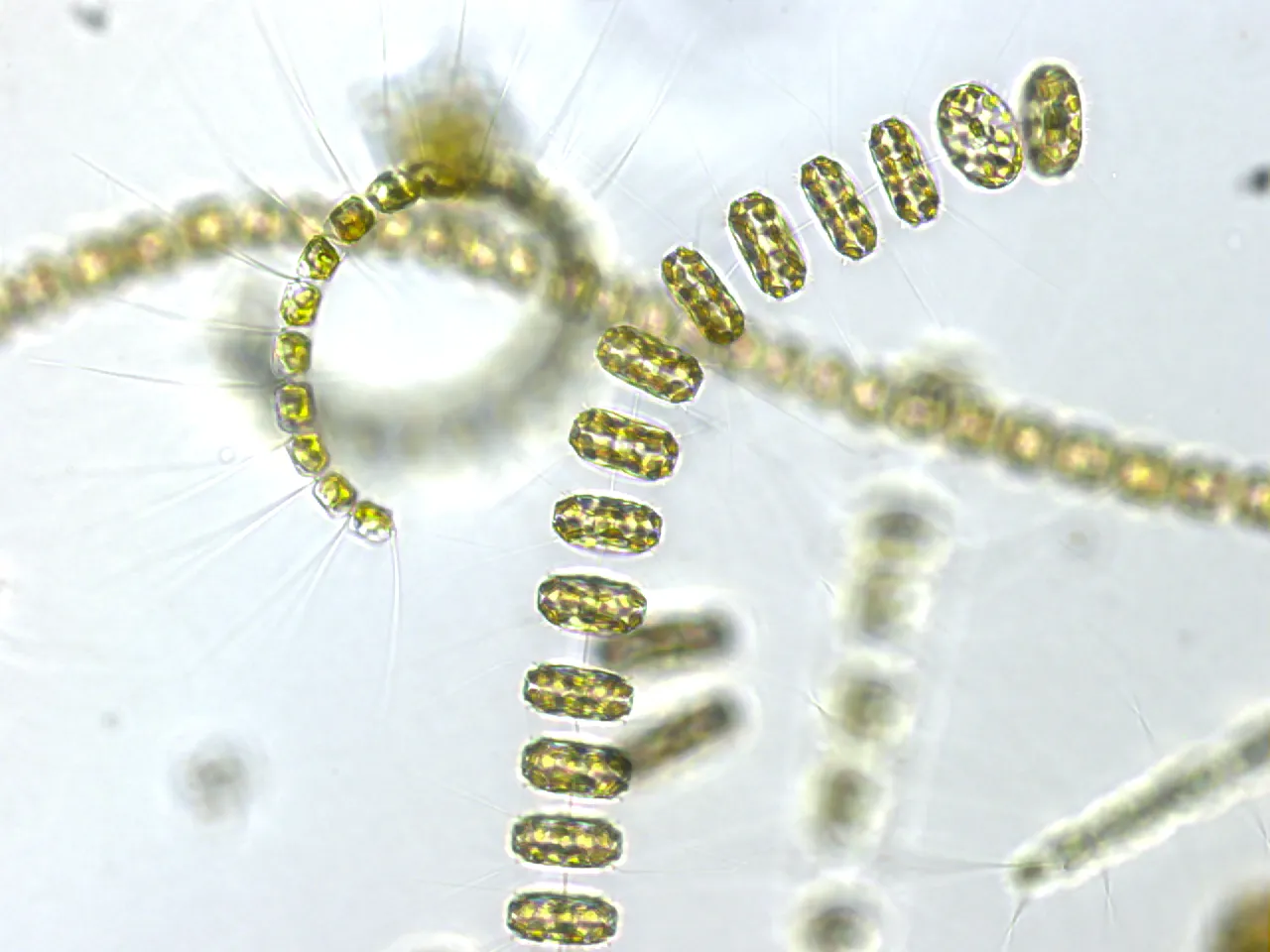
Phytoplankton are unequivocally classified as producers in aquatic ecosystems. Unlike consumers, which obtain energy by consuming other organisms, phytoplankton generate energy through photosynthesis, converting sunlight into chemical energy. This autotrophic mode of nutrition enables them to produce organic matter from inorganic substances such as carbon dioxide and nutrients dissolved in water.
As primary producers, phytoplankton serve as the foundation of marine food webs, providing energy and organic matter for higher trophic levels. Their ability to initiate the flow of energy in ecosystems distinguishes them from consumers, which occupy higher trophic levels and obtain energy by consuming organic matter produced by other organisms.
Therefore, phytoplankton are unequivocally classified as producers rather than consumers in aquatic ecosystems, playing a vital role in primary production and supporting the entire marine food web.
Is Phytoplankton A Primary Producer?
Yes, phytoplankton are considered primary producers in aquatic ecosystems. Primary producers are organisms capable of synthesizing organic compounds from inorganic substances, typically through photosynthesis. Phytoplankton fulfill this criterion as they harness sunlight energy to convert carbon dioxide and nutrients into organic matter, primarily in the form of carbohydrates.
Their role as primary producers is fundamental in marine food webs, as they form the base of the trophic pyramid. By initiating primary production, phytoplankton provide energy and essential nutrients for higher trophic levels, including zooplankton, fish, and marine mammals. This makes phytoplankton essential for sustaining marine ecosystems and supporting biodiversity in oceans and other aquatic environments.
Overall, phytoplankton’s capacity for primary production establishes them as key contributors to the functioning and productivity of marine ecosystems, highlighting their significance as primary producers.
Main Characteristics that Classify Phytoplankton as Primary Producers
-
Photosynthetic Capability: Phytoplankton possess chlorophyll and other pigments that enable them to capture sunlight energy for photosynthesis. This process allows them to convert inorganic substances like carbon dioxide and nutrients into organic compounds, primarily carbohydrates.
-
Autotrophic Nutrition: Phytoplankton are autotrophs, meaning they can synthesize their own food using simple inorganic substances. Through photosynthesis, they produce organic matter, distinguishing them as primary producers in aquatic ecosystems.
-
Role in Primary Production: Phytoplankton play a crucial role in primary production by initiating the conversion of light energy into chemical energy. This process forms the foundation of marine food webs, providing energy and nutrients for organisms at higher trophic levels.
-
Contribution to Food Chains: As primary producers, phytoplankton form the base of marine food chains, supporting the growth and survival of diverse organisms. Their productivity sustains entire ecosystems and influences the abundance and distribution of marine life.
-
Importance for Ecosystem Functioning: Phytoplankton’s primary production contributes to the global carbon cycle, regulates atmospheric oxygen levels, and supports fisheries and other economic activities. Their characteristics as primary producers are integral to the functioning and stability of aquatic ecosystems worldwide.
Is A Phytoplankton A Decomposer?
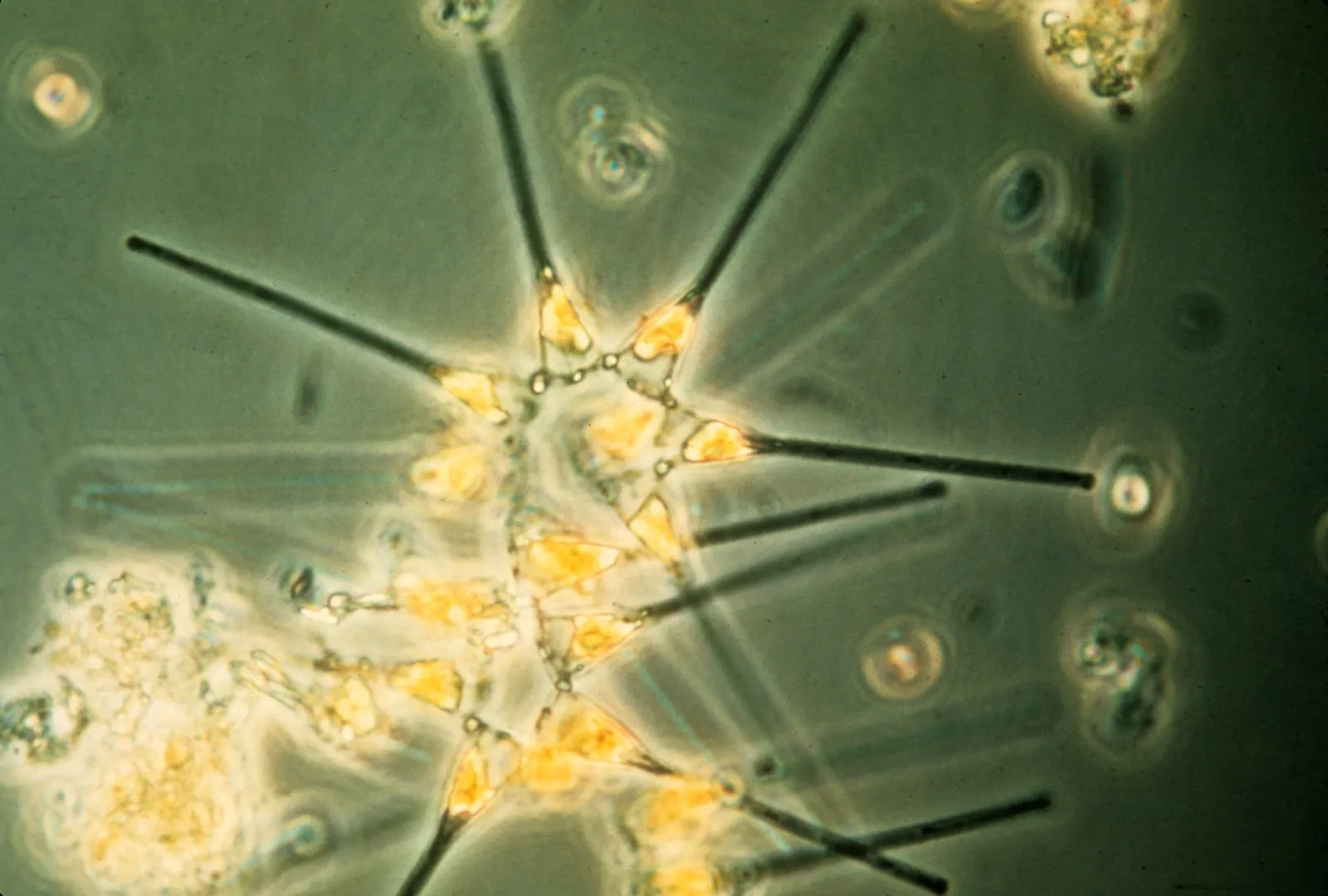
Phytoplankton are not decomposers. Unlike decomposers, which break down organic matter into simpler compounds, phytoplankton are primary producers that generate organic matter through photosynthesis. They utilize sunlight, carbon dioxide, and nutrients to synthesize carbohydrates and other organic compounds, forming the base of the marine food web.
Decomposers, such as bacteria and fungi, play a different role in ecosystems by decomposing dead organic matter and recycling nutrients back into the environment. Phytoplankton, on the other hand, occupy the trophic level of primary producers and are responsible for initiating primary production in aquatic ecosystems.
While phytoplankton are crucial for sustaining marine life and supporting higher trophic levels, they are not involved in the decomposition process. Therefore, they are not classified as decomposers in aquatic ecosystems.
Reasons Why Phytoplankton are Not Decomposers
-
Autotrophic Nutrition: Phytoplankton obtain energy through photosynthesis, synthesizing organic compounds from inorganic substances such as carbon dioxide and nutrients. Unlike decomposers, which rely on breaking down organic matter for energy, phytoplankton produce organic matter through primary production.
-
Trophic Level: Phytoplankton occupy the trophic level of primary producers in aquatic ecosystems, forming the base of the marine food web. Decomposers, on the other hand, operate at a different trophic level, decomposing dead organic matter and recycling nutrients.
-
Role in Ecosystem Functioning: Phytoplankton play a crucial role in primary production and energy flow in marine ecosystems, supporting the growth and survival of diverse organisms. While decomposers contribute to nutrient recycling, phytoplankton primarily contribute to primary production and the transfer of energy through the food web.
-
Metabolic Processes: Phytoplankton are photosynthetic organisms that utilize sunlight, carbon dioxide, and nutrients to produce organic matter. In contrast, decomposers carry out processes such as enzymatic breakdown of complex organic molecules, which is distinct from the metabolic processes of phytoplankton.
In general, phytoplankton are not classified as decomposers in aquatic ecosystems due to their role as primary producers and their distinct metabolic processes. They contribute to primary production and energy flow in marine ecosystems rather than decomposing organic matter.
Is Phytoplankton A Plant?
Phytoplankton are not classified as plants in the traditional sense. While they share some characteristics with plants, such as photosynthesis and the ability to produce oxygen, phytoplankton belong to various taxonomic groups, including algae, cyanobacteria, and protists.
Although phytoplankton perform photosynthesis like plants, they lack the complex structures and specialized tissues found in terrestrial plants. Additionally, phytoplankton are predominantly microscopic and are adapted to life in aquatic environments, where they float or drift with the currents.
Unlike plants, phytoplankton do not have roots, stems, or leaves. Instead, they may possess structures like flagella or cilia for movement and chloroplasts for photosynthesis. Their diverse forms and evolutionary origins distinguish them from terrestrial plants.
While phytoplankton play a crucial role in primary production and ecosystem functioning, they are taxonomically distinct from plants. Therefore, phytoplankton are not considered plants, but rather a diverse group of photosynthetic microorganisms essential for marine ecosystems.
Phytoplankton Food Chain Position in the Ocean/Aquatic Ecosystem
Phytoplankton occupy a crucial position at the base of the food chain in ocean and aquatic ecosystems. As primary producers, they synthesize organic compounds through photosynthesis, utilizing sunlight, carbon dioxide, and nutrients dissolved in water.
At the beginning of the food chain, phytoplankton serve as the primary food source for various organisms, including zooplankton, small fish, and filter-feeding organisms. These primary consumers consume phytoplankton directly, obtaining energy and nutrients from their organic matter.
The energy captured by phytoplankton through photosynthesis is transferred through the food chain as organisms consume and are consumed by other organisms. Larger predators feed on smaller consumers, ultimately leading to the top predators in the ecosystem.
Due to their high reproductive rates and abundance, phytoplankton form the foundation of marine food webs, supporting the growth and survival of higher trophic levels. Changes in phytoplankton populations can have cascading effects throughout the food chain, impacting the abundance and distribution of marine organisms.
Overall, the position of phytoplankton at the base of the food chain highlights their critical role in marine ecosystems, influencing the structure and dynamics of aquatic communities.
Ecological Roles of Phytoplankton
-
Primary Production: Phytoplankton are primary producers, synthesizing organic compounds through photosynthesis. They convert sunlight, carbon dioxide, and nutrients into energy-rich organic matter, forming the foundation of marine food webs.
-
Oxygen Production: As a byproduct of photosynthesis, phytoplankton release oxygen into the water. They are responsible for a significant portion of the Earth’s oxygen production, contributing to the oxygenation of marine environments and the atmosphere.
-
Carbon Sequestration: Phytoplankton play a crucial role in the global carbon cycle by sequestering carbon dioxide from the atmosphere and incorporating it into organic compounds. This helps regulate atmospheric carbon dioxide levels and mitigates the impacts of climate change.
-
Nutrient Cycling: Phytoplankton contribute to nutrient cycling in marine ecosystems by utilizing nutrients such as nitrogen, phosphorus, and iron for growth. Upon death or consumption by other organisms, phytoplankton release nutrients back into the water, supporting the growth of other marine organisms.
-
Support of Marine Food Webs: Phytoplankton form the base of marine food webs, providing energy and organic matter for higher trophic levels. They are consumed by zooplankton, small fish, and other organisms, ultimately sustaining larger predators and supporting fisheries.
-
Influence on Climate: Changes in phytoplankton abundance and distribution can influence climate dynamics through their role in carbon sequestration and the production of climate-active gases such as dimethyl sulfide (DMS). Phytoplankton blooms can affect cloud formation and albedo, thereby impacting regional and global climate patterns.
| Aspect | Description |
| Role |
Primary producers in aquatic ecosystems, initiating primary production through photosynthesis.
|
| Food Chain Position |
Base of the marine food web, serving as the primary food source for various organisms.
|
| Ecological Functions |
– Oxygen production – Carbon sequestration – Nutrient cycling – Support of marine biodiversity – Climate influence
|
| Impact of Changes |
Changes in phytoplankton populations can have significant ecological impacts on marine ecosystems and climate.
|
| Overall Importance |
Essential for the functioning and stability of marine ecosystems, influencing both local and global environmental processes.
|
